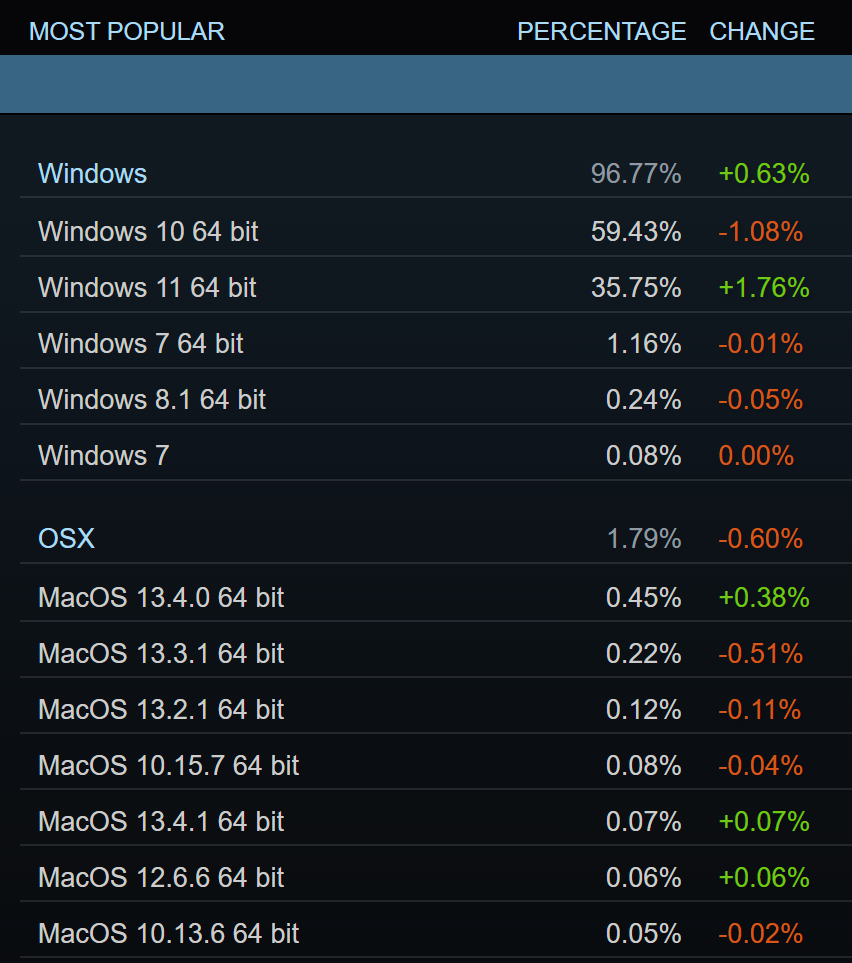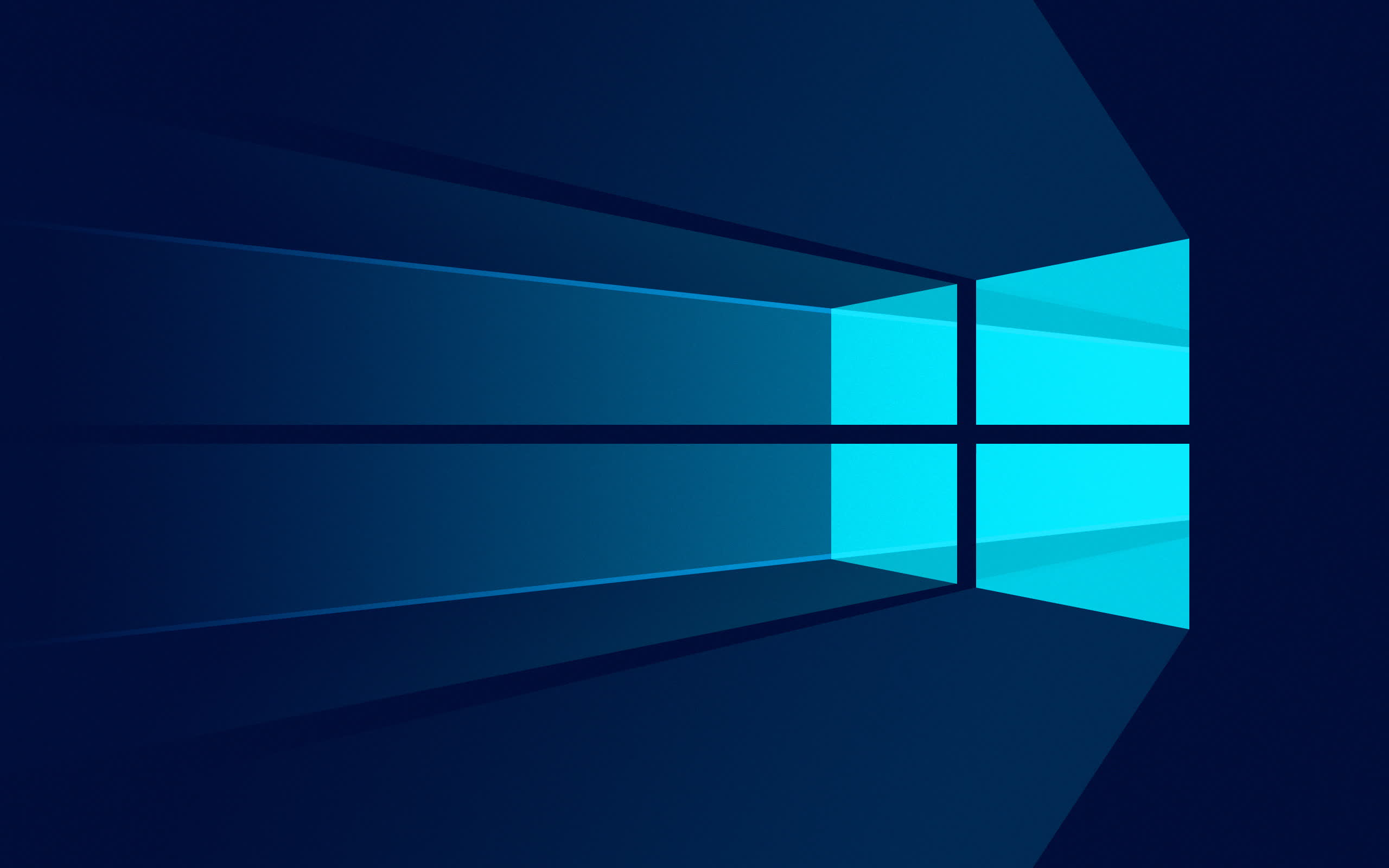Rumor mill: Just as we're getting used to Windows 11 and the operating system starts seeing more adoption, it appears that the successor is drawing closer. Rumors claim Windows 12 will start rolling out late next year, and with it comes new features such as a floating taskbar.
We've heard plenty of rumors about Windows 12 this year. While Microsoft has yet to officially confirm it is in the works, there have been several hints pointing to its existence. One of these came at the Build 2023 developer conference in the form of a video screenshot that referred to a "next generation" of Windows. That presumably refers to Windows 12 and hopefully not a fully cloud-based Windows 11.
Microsoft has also referred to a "Next Valley Prototype Design," said to be a codename for the next-generation of Windows.
Windows Latest notes that Microsoft accidentally teased a version of its OS with a floating taskbar at the company's 2023 Ignite conference. It's believed to be part of internal testing that's exploring new design changes for the next Windows.
According to speculation, Microsoft intends to roll out Windows 12 in the third quarter of 2024, followed by a wider rollout in 2025.
Back in March, there were reports that Intel, and likely AMD, are working together with Microsoft to provide Windows with advanced AI capabilities. Not a surprise, given the direction that the industry is going.
Another report on Windows 12 suggests that it will be separated into "states" that live on different partitions of the storage drive. This will reportedly make managing and updating Windows 12 easier for Microsoft and a less daunting experience for users. It will also make the OS more secure and offer faster updates.

Ironically, we're discussing Windows 12 at a time when Windows 11 is starting to make gains among PC users. Last month, its global share reach a record high of almost 24% - though Windows 10 maintains a 71% lead. It's even better news for Windows 11 on the Steam survey, where it is now found in over 35% of participants' PCs, while Windows 10 has dropped to below 60%.

